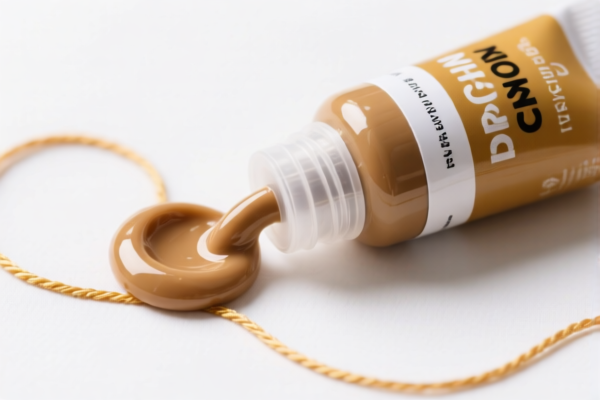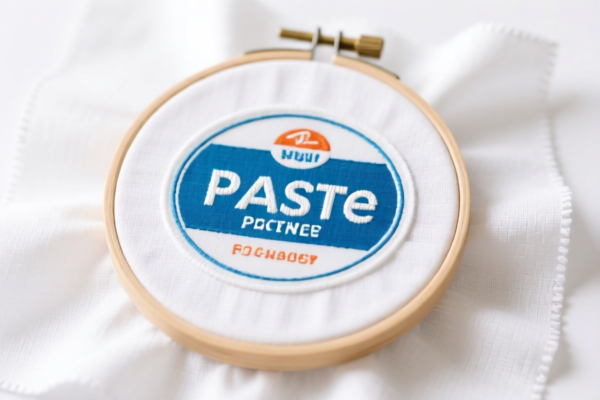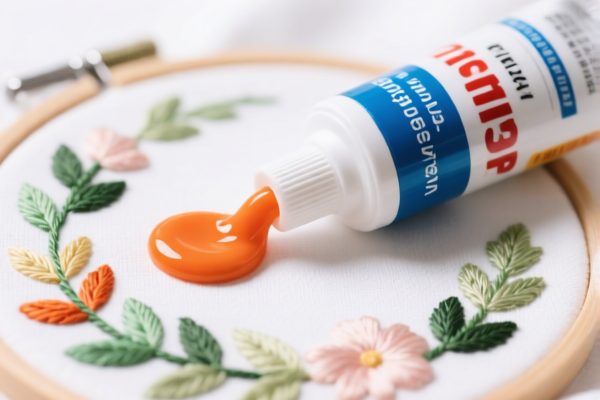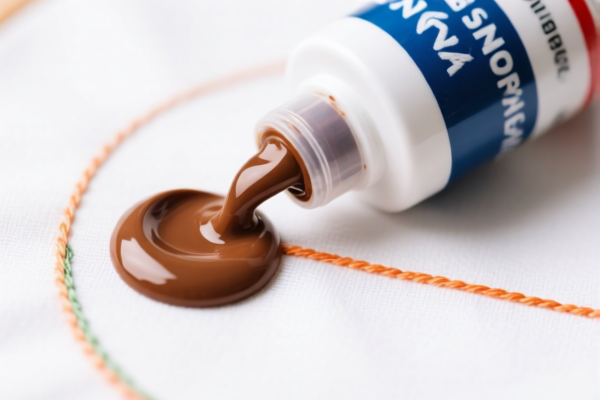| HS Code | Official Doc | Tariff Rate | Origin | Destination | Effective Date |
|---|---|---|---|---|---|
| 3215905000 | Doc | 56.8% | CN | US | 2025-05-12 |
| 3215901000 | Doc | 58.1% | CN | US | 2025-05-12 |
| 3214100020 | Doc | 58.7% | CN | US | 2025-05-12 |
| 3214905000 | Doc | 58.25% | CN | US | 2025-05-12 |
| 3901909000 | Doc | 61.5% | CN | US | 2025-05-12 |
| 3901905501 | Doc | 61.5% | CN | US | 2025-05-12 |
| 4823901000 | Doc | 55.0% | CN | US | 2025-05-12 |
| 4823902000 | Doc | 55.0% | CN | US | 2025-05-12 |
| 4821904000 | Doc | 55.0% | CN | US | 2025-05-12 |
| 4821902000 | Doc | 55.0% | CN | US | 2025-05-12 |
| 5601300000 | Doc | 55.0% | CN | US | 2025-05-12 |




Embroidery Paste
Embroidery paste, also known as fabric stiffener or needle painting paste, is a viscous substance used in embroidery and needle painting to provide structure and support to fabric, particularly for creating three-dimensional effects.
Material Composition
Typically, embroidery paste is an emulsion-based product, consisting of:
- Polyvinyl Alcohol (PVA): The primary component, providing the stiffening effect.
- Water: Acts as the solvent and carrier for the PVA.
- Borax (Sodium Borate): Used as a stabilizer and thickener, reacting with PVA to increase viscosity and durability.
- Glycerin or other plasticizers: Added to maintain flexibility and prevent cracking of the dried paste.
- Preservatives: To prevent mold and bacterial growth.
- Colorants (optional): Some pastes are pre-colored for specific effects.
Purpose and Function
The main functions of embroidery paste are:
- Fabric Stiffening: Increases the rigidity of the fabric, making it easier to shape and manipulate for embroidery.
- Dimensionality: Allows for raised embroidery designs, creating a 3D effect.
- Support: Provides a stable base for delicate stitches and intricate designs.
- Shape Retention: Helps maintain the desired form of embroidered pieces, even after handling.
- Painting Medium: Can be used as a base for fabric painting, offering a textured surface.
Usage Scenarios
Embroidery paste is commonly used in:
- Needle Painting (Satin Stitch Embroidery): Essential for creating realistic floral and landscape designs. Layers of paste and stitches build up the image.
- Goldwork Embroidery: Provides a firm base for couching gold threads and other metallic elements.
- Appliqué: Stiffens fabric pieces for easier positioning and attachment.
- Embossed Embroidery: Used to create raised designs and textures.
- Fabric Crafts: For creating three-dimensional fabric art, ornaments, and decorative items.
- Costume Design: Stiffening fabric for collars, cuffs, and other structural elements.
Common Types
- Clear Embroidery Paste: The most common type, allowing the fabric color to show through.
- Colored Embroidery Paste: Available in a range of colors, reducing the need for additional painting.
- Slow-Drying Paste: Provides more working time for intricate designs.
- Fast-Drying Paste: Suitable for quicker projects and layering.
- Pre-Mixed Paste: Ready to use straight from the container.
- Powdered Paste: Requires mixing with water before use; often more economical.
Application Method
Embroidery paste is typically applied using a brush, sponge, or applicator bottle. Multiple layers are often applied, allowing each layer to dry before applying the next. The fabric is then embroidered while the paste is still damp or after it has dried completely, depending on the desired effect.
Embroidery paste is not explicitly defined within the provided reference material. However, based on potential composition and use, the following HS codes may be relevant:
- 3215905000: Printing ink, writing or drawing ink and other inks, whether or not concentrated or solid: Other: Other. This code covers inks, and embroidery paste may be considered a specialized type of ink used for textile decoration. The total tax rate is 56.8% (Base tariff: 1.8%, Additional tariff: 25.0%, Post-April 2, 2025, Additional tariff: 30.0%).
- 3901909000: Polymers of ethylene, in primary forms: Other: Other: Other. If the embroidery paste is based on ethylene polymers, this code could apply. The total tax rate is 61.5% (Base tariff: 6.5%, Additional tariff: 25.0%, Post-April 2, 2025, Additional tariff: 30.0%).
- 5601300000: Wadding of textile materials and articles thereof; textile fibers, not exceeding 5 mm in length (flock), textile dust and mill neps: Textile flock and dust and mill neps. If the embroidery paste contains significant textile fiber content, this code may be applicable. The total tax rate is 55.0% (Additional tariff: 25.0%, Post-April 2, 2025, Additional tariff: 30.0%).
According to the provided reference material, the HS code options related to 'embroidery paste' are limited, with only the following 3 found.
It is important to determine the precise composition of the embroidery paste to ensure accurate classification. If the paste contains components beyond inks or polymers, further investigation may be required.
Customer Reviews
No reviews yet.